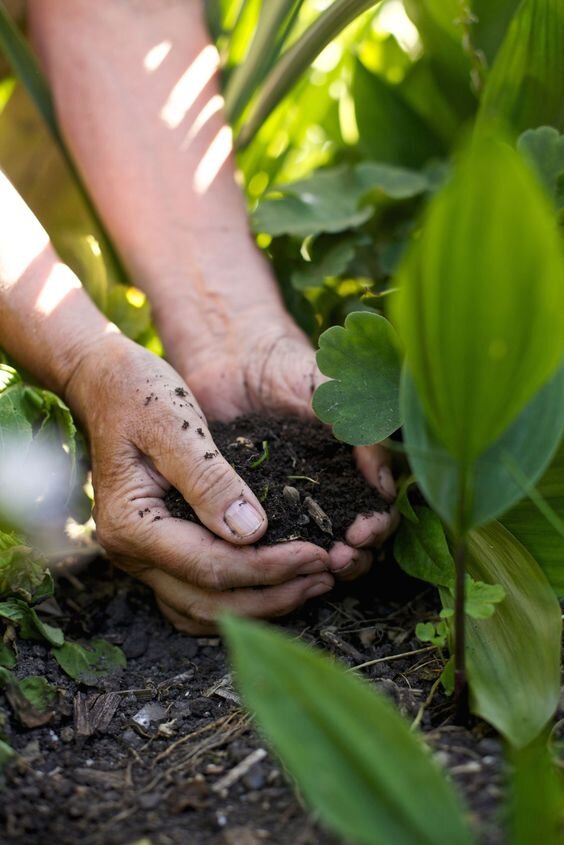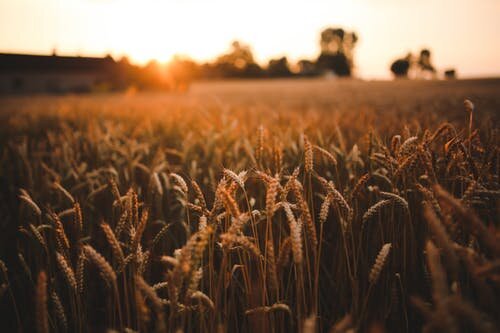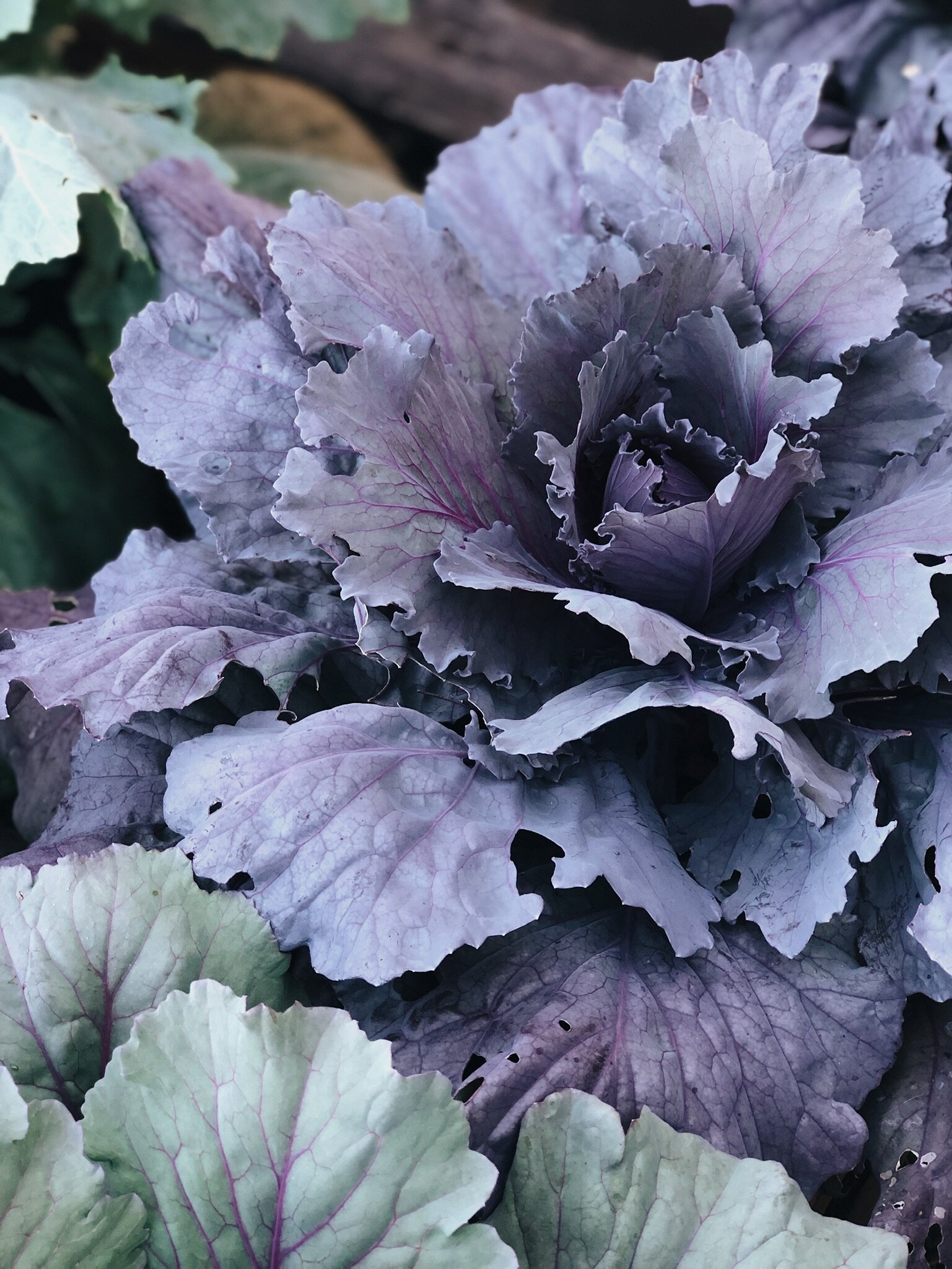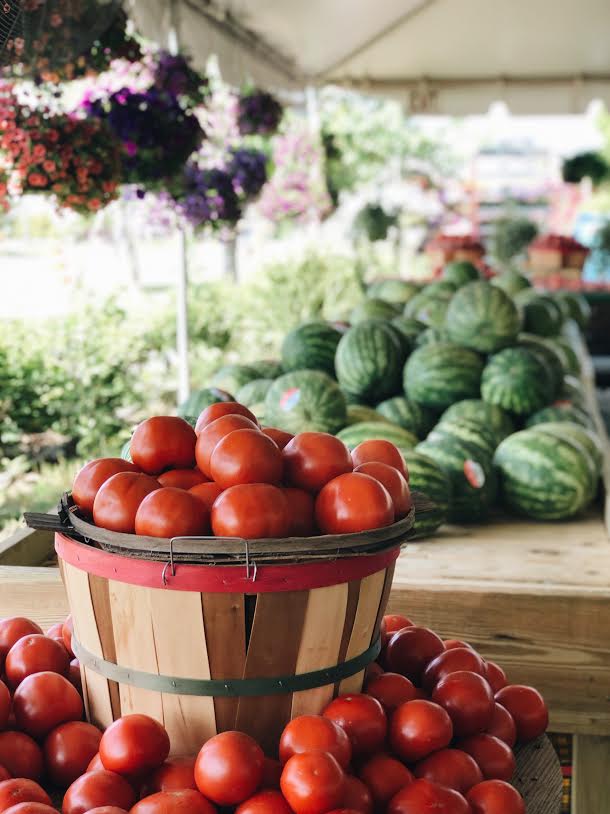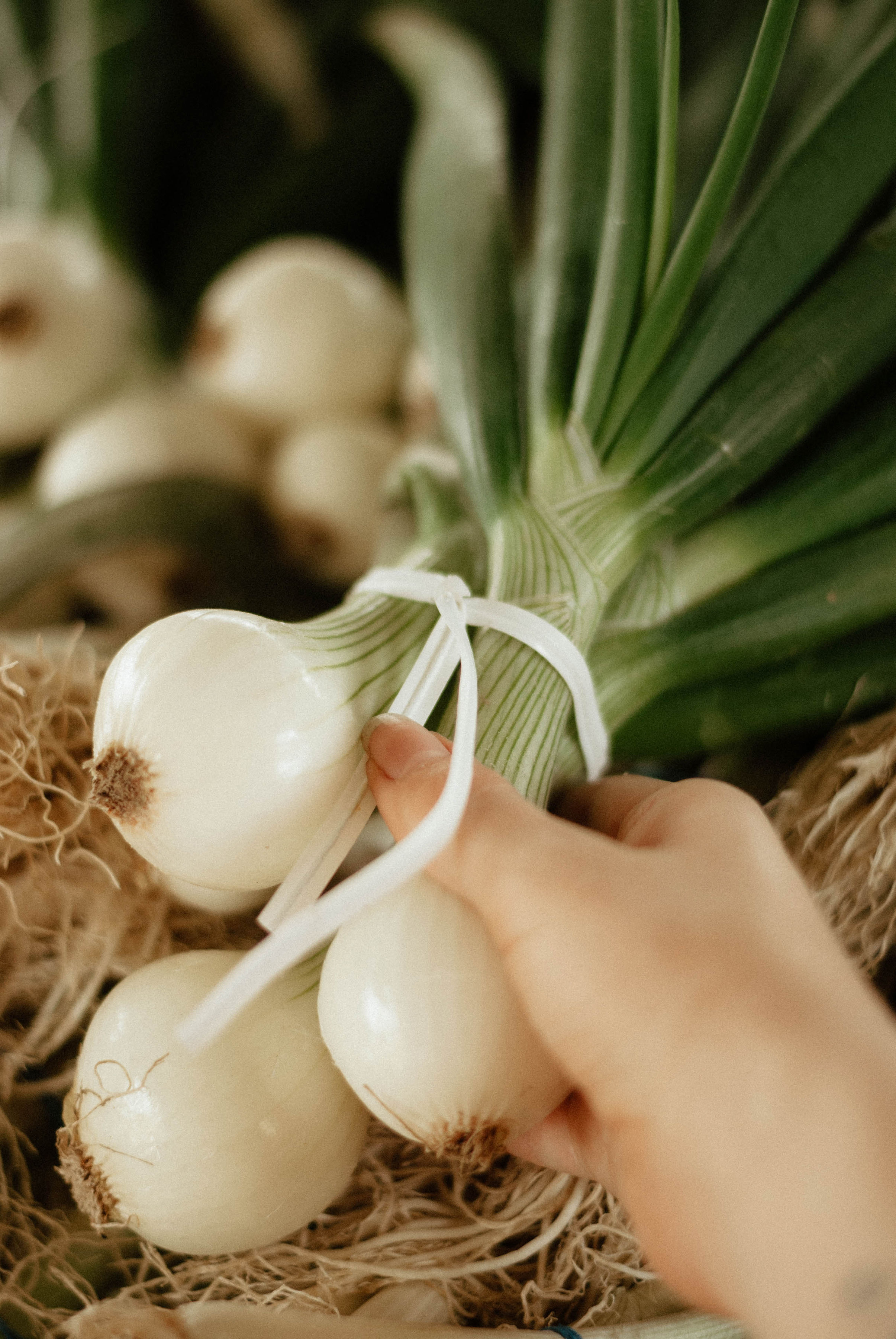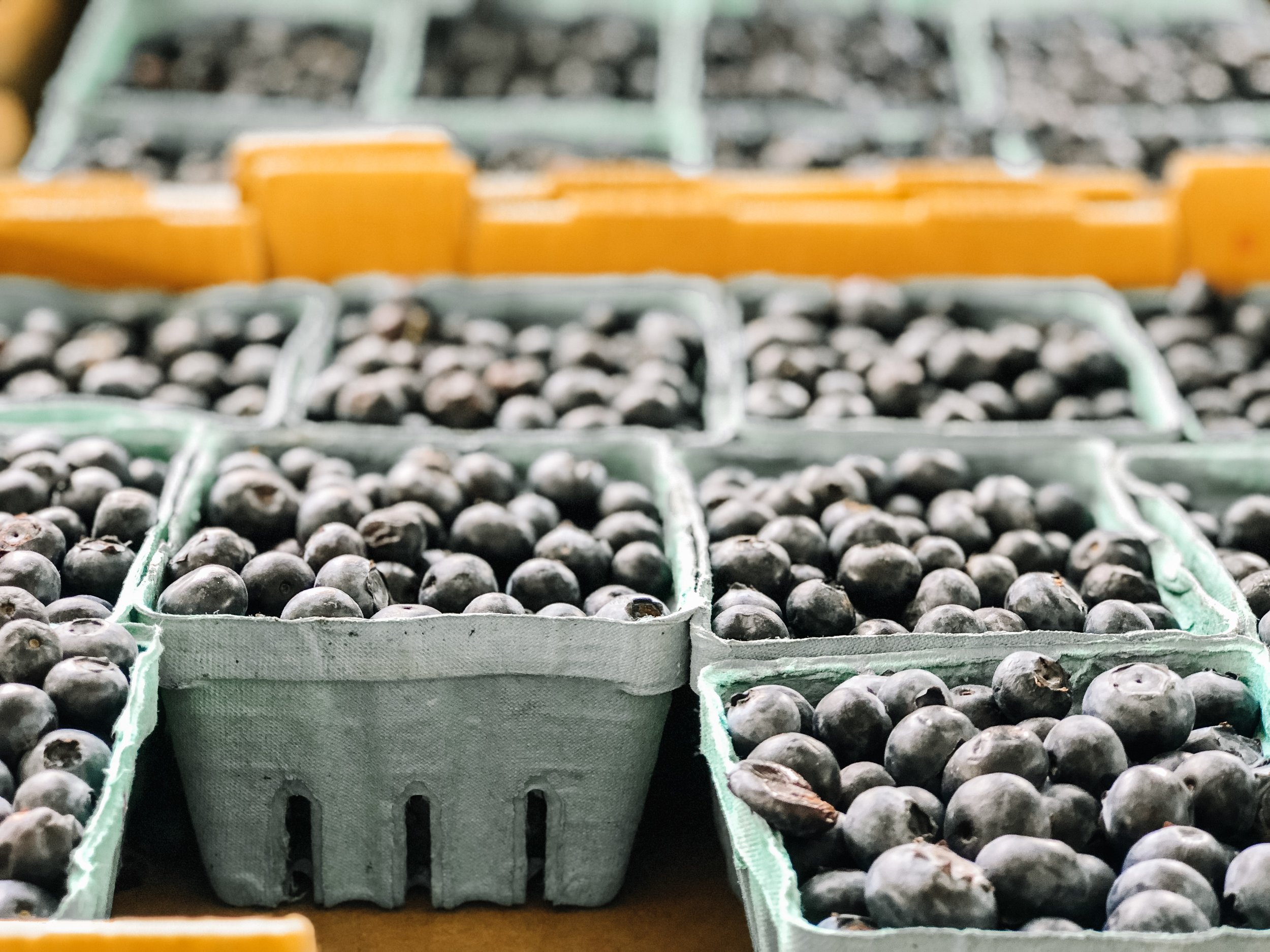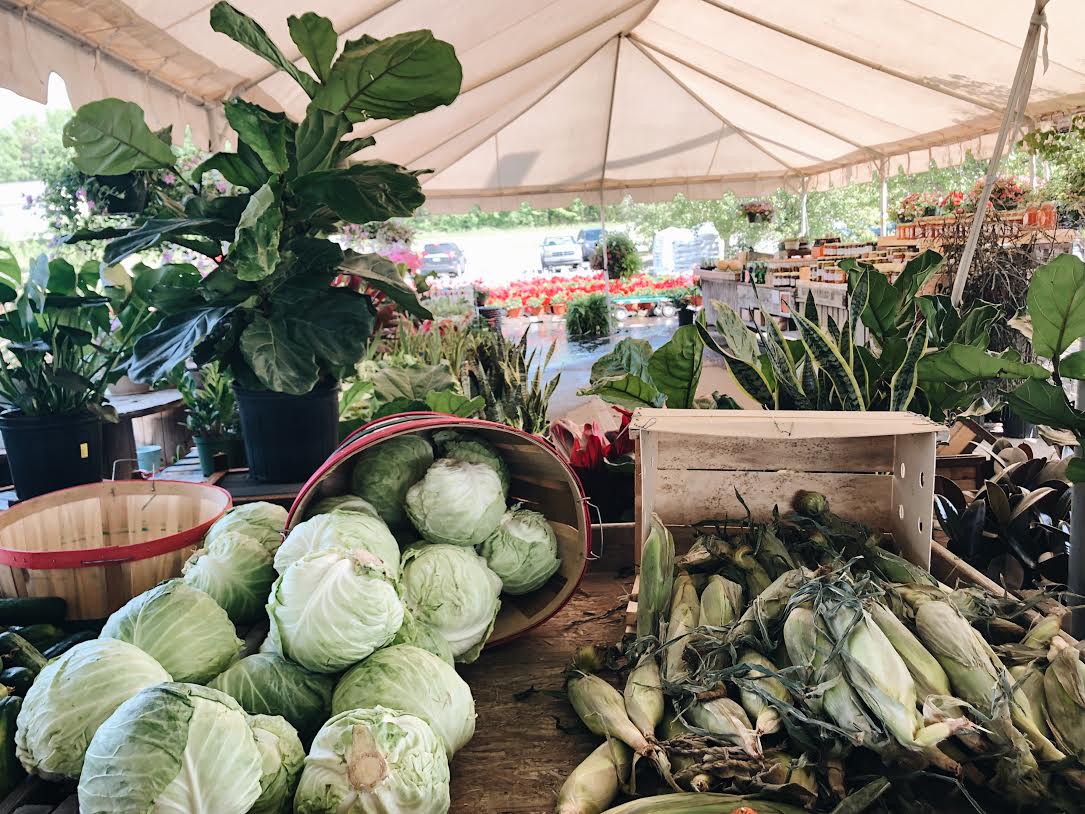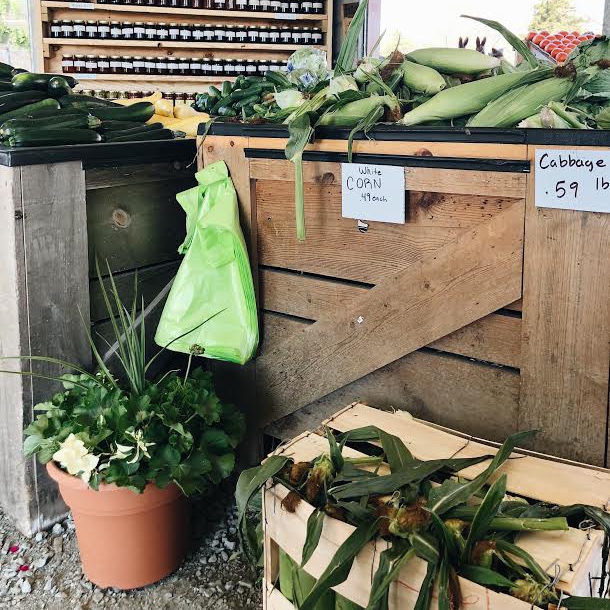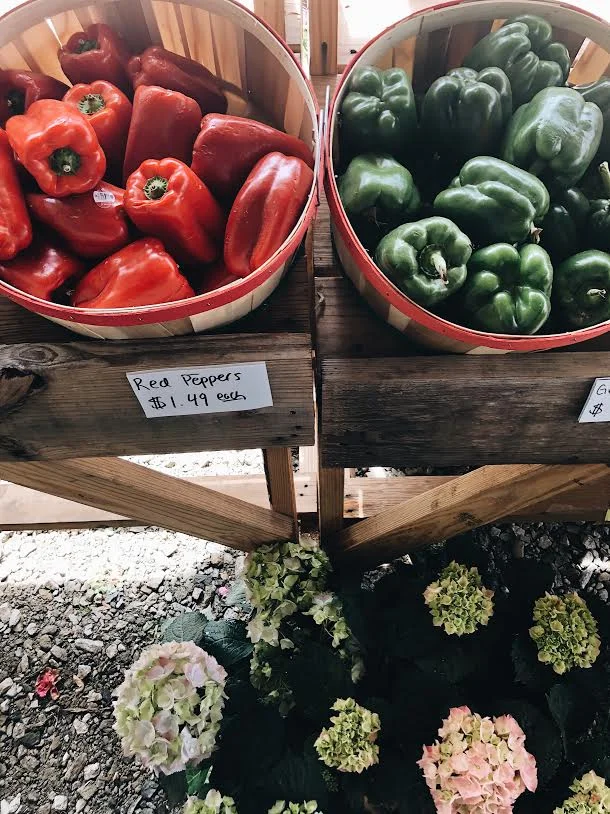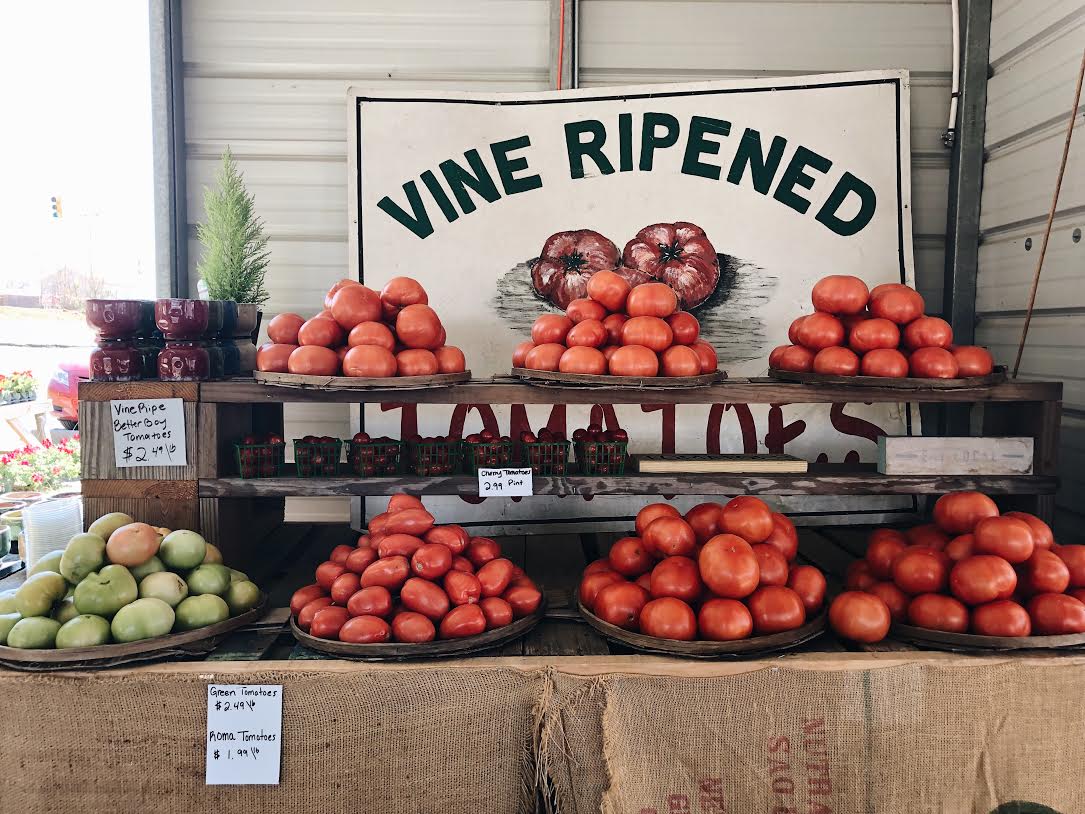
B L O G
The Easiest Butternut Squash Soup Ever
If you’re wanting a delicious soup recipe that screams the word “Fall”, then this delicious, mouth-watering soup recipe is for you! It’s super easy with minimal ingredients that you probably already have in your kitchen cupboard. And it will FOR SURE leave your kitchen smelling like your grandma’s house during a thanksgiving dinner.
If you’re wanting a delicious soup recipe that screams the word “Fall”, then this delicious, mouth-watering soup recipe is for you! It’s super easy with minimal ingredients that you probably already have in your kitchen cupboard. And it will FOR SURE leave your kitchen smelling like your grandma’s house during a thanksgiving dinner.
Butternut Squash Soup
First, we recommend gathering all of your ingredients to make the cooking process easier and faster for you. What you’ll need: butternut squash, salt, pepper, chicken stock, fresh rosemary, honey, cayenne pepper, white onion, and olive oil. Also, preheat your oven to 375 degrees F.
Next, combine your Cayenne Pepper, Salt, Pepper, Rosemary, Honey, and Olive Oil into a bowl to form a homemade glaze that’s so gooey and smooth.
Once you’ve made your glaze, set it aside and get to work on slicing your Butternut Squash in half. Gut out the seeds of the core of the squash, and then slice cubes into the meat of the squash, being careful to not slice through the skin. Slicing the cubes allows for an even absorption of the glaze into the “meat” of the squash.
Place your squash on a baking sheet and brush with your delicious homemade glaze. Go ahead and pop them in the oven for about 45-60 minutes. You could cook them faster, but let’s be honest… when it comes to cooking, slower is always much better! While they’re in the oven, baste them in their own juices a few times.
While waiting for your squash to cook, cut your onion and begin caramelizing it in a large pot with your butter. This should be done over a low/medium heat. Again, slow and steady.
Once your squash is finished cooking, scoop into the large pot that your onion is cooking in. Add your chicken stock and blend with a hand blender. (You could also add those ingredients to a regular blender if you don’t have access to a hand blender.)
When you’ve finished blending, season with salt and pepper to taste, and you’re done! See… that wasn’t so bad was it? Basically you just have to cut up a squash, add a glaze, cook in the oven, and puree once done. Super easy, quick, and FULL of FLAVOR that will leave us feeling so cozy and embracing the warmth that this Fall season brings to our lives.
Butternut Squash Soup RECIPE
SERVINGS: 2-3 PEOPLE
INGREDIENTS
1 Butternut Squash
1 3/4 C Chicken Stock
1 T Rosemary
1 T Honey
1/4 t Cayenne Pepper
1/2 White Onion
1 T Olive Oil
1/4 t Salt (also to taste)
Pepper to taste
DIRECTIONS
1. Pre-heat oven to 375 degrees F.
2. Combine salt, pepper, rosemary, honey, and olive oil into bowl.
3. Slice squash in half. Gut seeds out of core. Slice cubes into the meat of squash.
4. Place on baking sheet and brush with glaze. Pop in oven for 45-60 minutes. (Baste in juices occasionally throughout cooking.)
5. Cut onion and begin caramelizing in a large pot with butter over medium/low heat.
6. Take cooked squash out of oven and scoop into pot that onion is cooking in. Blend with hand blender.
7. Season with salt and pepper to taste.
S I D E N O T E
If you do not have access to a hand blender, you can mix/puree ingredients by using a
regular blender instead.
Preparing Your Garden For Fall
It’s almost time… And you all know what we’re talking about… FALL. Cool, crisp temperatures, changing leaves, pumpkins, pansies, mums, and all things Autumn. And we have a few tips and tricks for you as you prepare your garden for this glorious Autumn season.
It’s almost time… And you all know what we’re talking about… FALL. Cool, crisp temperatures, changing leaves, pumpkins, pansies, mums, and all things Autumn. And we have a few tips and tricks for you as you prepare your garden for this glorious Autumn season.
1. Clean out any summer vegetables and flowers that will not survive the season. Pull up the nonproductive vegetable plants and flowers that are no longer producing those gorgeous summer blooms and vegetables. This process can be bittersweet, but sometimes it’s necessary to make space and “clean” it for any future plants that are needing fresh new soil.
2. Compost what is not diseased and use for winter or next spring’s garden. You don’t have to throw those beautiful plants away and never see them again. In fact, you're able to put those in a bin and compost them for future use. Compost is GREAT for the soil and if you cover it with mulch, it adds much needed nutrients to your soil.
3. Even if you are not planting any vegetables or flowers for the fall, it’s very important to prepare your soil for the following year. Add an extra layer of compost and mix it in with the soil with a rake. It’s a great way to loosen your soil and prepare it for your future garden. This process also help to provide your soil with vital nutrients needed for your next crop. Because healthy soil means healthy plants.
Image via Gardening Know How
4. Plant a cover crop. Fall cover crops are another great way to put nutrients back into your soil while waiting for the spring and summer months to arrive again. Here is a great article specific to zone 7 on types of cover crops that you could plant in your garden.
Image via Pexels
But what should you plant in the Fall?
You can plant basically any cruciferous vegetable: cauliflower, broccoli, cabbage, beets, kale, turnips, and so much more! Here are the two ways you can do this:
Image via Fine Gardening
From seed.
If you’re starting from seed, it’s usually a bit more time consuming, but is cheaper. And it requires a bit of counting backwards from your frost date, which is usually provided on the back of the seed packet.
From transplant.
This option is usually much easier. You also don’t need to start quite as early, which is great if you haven’t already started on your Fall garden! Plus, let’s be honest, gardening in the fall is much nicer due to the cooler weather and nice breeze.
Thank you so much for joining us here. For more information on what Garden Valley Farmers Market is about, you can visit us here. If you’re wanting to visit with us, come by any of our five North Carolina locations. If you’re wanting to follow along with us, you can do so either on our Facebook, Youtube, or our Instagram. If you’re wanting to earn rewards and be easily connected with us, download our new App. And if you’re wanting to check out our other recipes and blog posts, or are needing more inspiration, follow us on our Pinterest. We’d love to have you join us in our journey of planting better, eating better, and living better.
Much love,
Your Garden Valley Farmers Market Team
How To Choose Fresh Produce
At Garden Valley Farmers Market, we offer nothing but the best in our fresh produce grown by local farmers all across North Carolina. We offer produce ranging from freshly picked squash/zucchini to juicy, flavor-filled watermelons. But sometimes, knowing what’s ripe and ready to eat is hard to determine when you’re not use to picking them out. And sure, we would LOVE nothing more than to help you pick out your produce for your yummy tomato sandwich, or that delicious frittata recipe we blogged about a few weeks ago. But, we also want you to know how to pick out your produce, just in case you’re not in an area that does not have a Garden Valley Farmers Market.
At Garden Valley Farmers Market, we offer nothing but the best in our fresh produce grown by local farmers all across North Carolina. We offer produce ranging from freshly picked squash/zucchini to juicy, flavor-filled watermelons. But sometimes, knowing what’s ripe and ready to eat is hard to determine when you’re not use to picking them out.
And sure, we would LOVE nothing more than to help you pick out your produce for your yummy tomato sandwich, or that delicious frittata recipe we blogged about a few weeks ago. But, we also want you to know how to pick out your produce, just in case you’re in an area that does not have a Garden Valley Farmers Market.
Jenna Marie Visuals
Jenna Marie Visuals
Garden Valley only offers Grade A produce. So, how the grading scale works is this: the higher the grade, the better the quality of produce. The lower the grade, although usually cheaper, is not as good of quality. And we only want the best for our customers, so we only want to serve you Grade A produce. Because we know your families, and we only want them to have the best.
We also only serve seasonal produce!
Why?
1. It’s cheaper because it costs less to travel and distribute.
2. Seasonal produce tastes better and has more flavor.
3. Because seasonal means supporting our local farmers, and we’re ALL about that.
So now that we’ve covered what we offer and why, here are a few tips on
HOW TO CHOOSE FRESH PRODUCE
using our 10 most popular produce items. As a general rule: if it smells sweet, it’s time to eat.
Jenna Marie Visuals
Tomatoes: LIGHTLY squeeze, and if it feels firm but has a bit of give… it’s RIPE and ready for your delicious sandwich. If it’s hard, but doesn’t have any give… wait a day or two. If it’s mushy and your finger pokes a hole through the skin… please don’t eat it.
Jenna Marie Visuals
Berries: You want your berries to be rich in color, and plump in definition. If there are stains in the basket, that means they probably need to be eaten soon.
Watermelon: You want to choose a firm and heavy watermelon. Thump the side of it, and if it sounds hollow, then it’s ready for you to cut open and enjoy at your family cookout!
Avocados: Gently squeeze. If there is yield when gentle pressure is applied, but it’s not mushy, than it’s ready for your guacamole!
Apples: When choosing apples, make sure there are no soft spots, are firm, and have a deep coloring to them. And remember that an apple a day keeps the doctor away.
Cantaloupe: This is one of those produce items that you can generally judge by smell. If the stem smells sweet then it is ripe to eat. Other signs of a ripe cantaloupe would be a firm exterior with a underlying color of orange and white (green means it could ripen a few more days).
Corn: Make sure the husks have no holes or browning. Also consider asking the sales associate if you can pull the husk back to inspect the corn.
Jenna Marie Visuals
Cucumbers: If the color of the cucumber is medium to dark green and firm if squeezed, than you are good to take it home, cut it up, and pour vinegar over it for a delicious snack! Make sure there is no yellow or wrinkles in the skin of the cucumber.
Bell Peppers: You want your bell peppers to be heavy, firm, glossy and a taut skin. If there are wrinkles, that probably means that it should be eaten VERY soon, or not at all…
Mangos: Gently squeeze. If there is a slight give, with soft flesh inside, than it’s ready for that delicious tropical smoothie. Or by itself.
We, Garden Valley Farmers Market, only want to serve you the best produce provided by our local farmers. We hope you continue to stop by one of our five locations in North Carolina for your produce, because we’ll be here waiting and ready to help you choose your produce, and so much more!
Sincerely,
Your GVFM Team




















